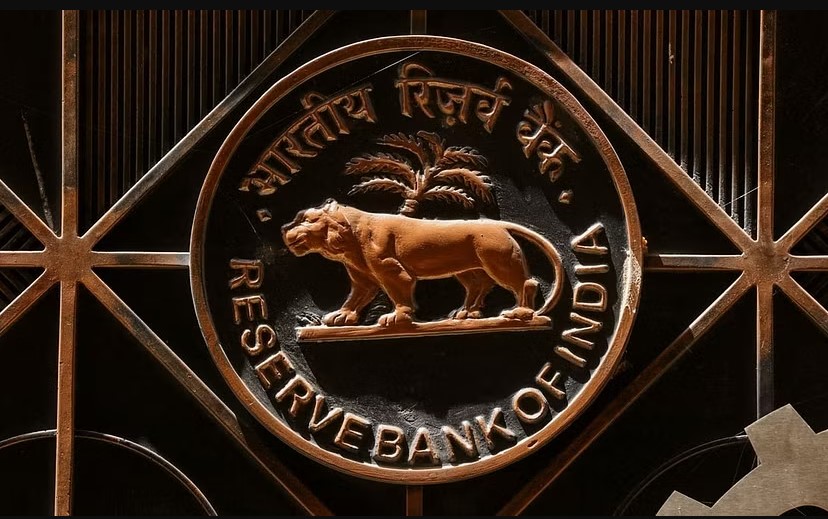RBI Set to Lower Interest Rates to Support Economic Growth as Inflation Eases
RBI Set to Lower Interest Rates to Support Economic Growth as Inflation Eases
The Reserve Bank of India (RBI) is widely expected to announce a 25 basis point reduction in the repo rate, lowering it to 6.25% after maintaining it at 6.5% for eleven consecutive meetings. This would mark the first rate cut since May 2020, aligning with analysts’ predictions, including a Reuters poll. While the rate cut is anticipated, investors are also keenly watching for any additional policy measures, especially related to liquidity, as the market largely anticipates the rate cut.
Madhavi Arora, lead economist at Emkay Global Financial Services, suggests that alongside the repo rate cut, there may be unconventional steps taken by the RBI to ease financial conditions, such as liquidity support or regulatory adjustments. These “stealth” measures are likely to continue, with the central bank adjusting its strategy based on evolving economic conditions.
India’s economic growth is projected to slow down to 6.4% for the fiscal year ending March 2025. This is the weakest growth rate in four years and below the lower end of the government’s initial expectations, primarily due to a sluggish manufacturing sector and slow corporate investment. For the following fiscal year, India’s growth is forecasted to range between 6.3% and 6.8%. In an attempt to stimulate the economy, the government recently introduced tax cuts in the Union Budget for FY25, aimed at boosting consumer spending and fostering growth while maintaining fiscal discipline.
Economist Radhika Rao from DBS notes that despite the fiscal policy exerting a contractionary effect, as the government aims for a smaller fiscal deficit in FY26, monetary policy will likely shift to a more growth-supportive approach. The central bank is expected to adopt a policy stance that balances the needs of growth and inflation management. Even though inflation remains significantly above the RBI’s medium-term target of 4%, it has gradually softened, dropping to 5.22% in December 2024. The inflation outlook is projected to improve, and it is expected to move closer to the target in the coming fiscal year, barring any unforeseen supply-side disruptions.
The RBI’s recent actions, including changing its policy stance to neutral in October and lowering the Cash Reserve Ratio (CRR) by 50 basis points in December, are aimed at addressing liquidity pressures in the banking system. These steps indicate the RBI’s proactive stance in ensuring smooth financial conditions, especially during times of global uncertainty and domestic challenges.
Economists at STCI Primary Dealership anticipate that the RBI will announce a 25 basis point rate cut but are not expecting a change in the central bank’s overall policy stance. The RBI is expected to remain cautious of inflationary pressures, which could arise from both external and domestic factors. The central bank is likely to tread carefully, balancing its commitment to supporting growth with the need to keep inflation in check.
Looking ahead, the RBI faces a complex set of challenges, including tighter liquidity conditions, a depreciating rupee, and growing geopolitical uncertainties. Despite these factors, many expect the central bank to embark on a gradual rate-cutting cycle. The rate reduction anticipated today would be the first since May 2020, when the RBI had slashed the repo rate to 4% in response to the economic challenges posed by the pandemic. Since then, the RBI has raised rates seven times to a peak of 6.5%, where it has remained since February 2023.
Today’s announcement will be the final bi-monthly monetary policy review for the fiscal year 2025, marking the first policy decision under the leadership of new RBI Governor Sanjay Malhotra. This policy meeting, which started on February 5 and concludes today, comes just days after the government’s presentation of the Union Budget for 2025-2026, which could also influence the central bank’s stance. Governor Malhotra’s leadership and the economic context in which the MPC meets will be closely scrutinized as markets look for clues on future monetary policy moves.
RBI’s Balanced Policy
Overall, the RBI’s decision is expected to be a balanced one, aimed at ensuring price stability while supporting economic growth. As the government and central bank navigate a period of slower growth and high inflation, the coming months will be crucial in shaping India’s economic trajectory.
Also Read – Indian Railways Launches SwaRail App to Enhance Passenger Travel Experience
